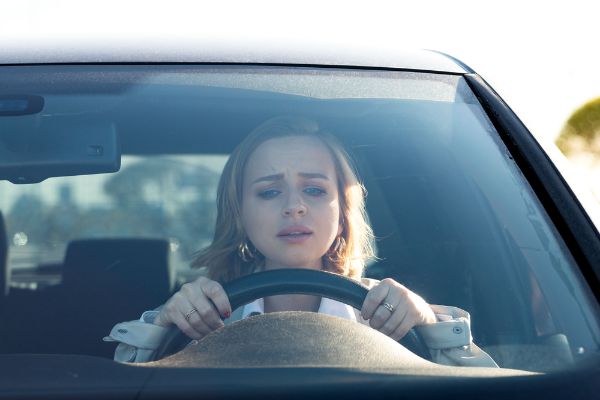When a vehicle idles rough, it shakes or feels bumpy while sitting still. This is not normal. A smooth idle means the engine is working right. A rough idle means something is wrong. It can be caused by bad spark plugs, clogged fuel filters, dirty fuel injectors, or vacuum leaks. These engine problems make the vehicle run poorly even when it is not moving. A rough idle often happens before the check engine light comes on. Catching it early can prevent bigger engine damage. Engine performance depends on a clean fuel system and working ignition parts. When these fail, the engine can misfire or stall. General repair shops check idle problems to keep your vehicle safe and reliable.
Spark Plugs and Fuel System Issues
Rough idling often starts with worn spark plugs. Spark plugs help the engine fire right. When they wear out, the engine runs uneven. This causes shaking or a bumpy idle. Fuel system issues also lead to a rough idle. Clogged fuel filters stop fuel from reaching the engine. Dirty fuel injectors spray fuel poorly. These problems reduce engine power. A fuel system cleaning or fuel filter replacement can fix rough idle problems. Mechanics use diagnostic tools to find fuel issues. A misfiring engine wastes gas and wears down parts faster. Fixing spark plugs and fuel filters helps the engine idle smooth again.
Vacuum Leaks and Sensor Problems
Vacuum leaks are another reason a vehicle idles rough. Air hoses around the engine carry vacuum pressure. If one breaks or cracks, too much air gets into the engine. This messes up the air-fuel mix. The engine shakes or sounds loud at idle. Sensors also matter. An idle air control valve or mass airflow sensor tells the engine how much air to take in. If these go bad, the idle will not stay steady. Mechanics at general repair shops test hoses and sensors. Replacing a vacuum hose or bad sensor can fix the idle. Proper airflow keeps the engine running smooth and strong.
How Repair Shops Fix Rough Idling
A general repair shop like Wright Way Automotive & Collision Repair checks the engine with special tools. Technicians look at spark plug wear, fuel injector spray, and vacuum pressure. They inspect sensors and scan for trouble codes. A tune-up from Wright Way Automotive & Collision Repair often solves the problem. This may include new spark plugs, cleaning the throttle body, or fixing broken hoses. Our experts can test engine compression to rule out deeper engine damage. Fixing a rough idle keeps your vehicle safe and saves money over time. If your vehicle shakes at stop lights or sounds rough, visit Wright Way Automotive & Collision Repair and let our team take care of it.

